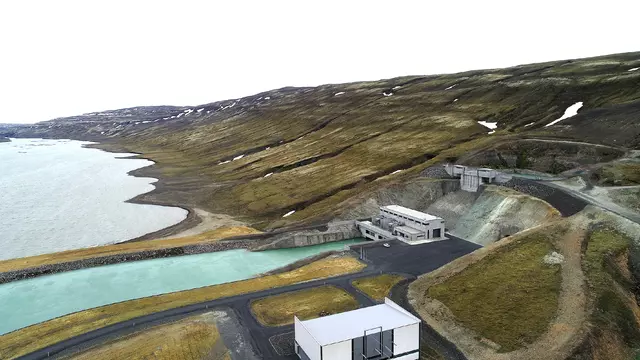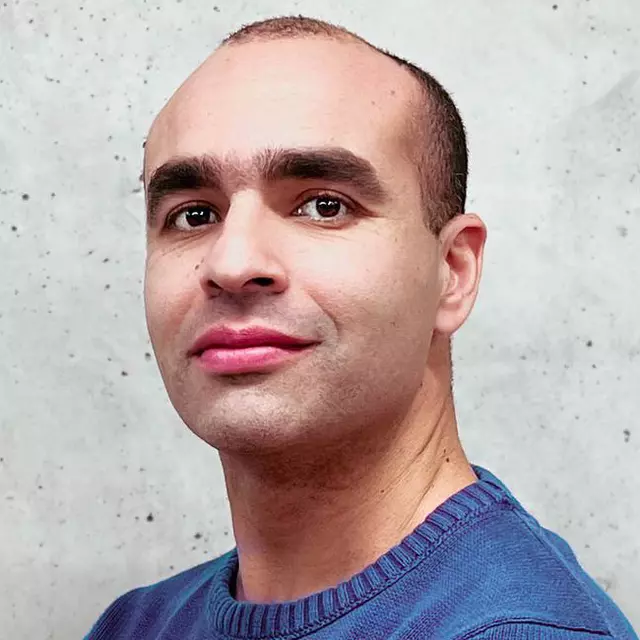The smart analysis of sound in the Budarhals hydro
Instead of waiting until a machine breaks down and needs to be repaired or replaced, Landsvirkjun and Voith are taking a more sustainable approach. A hydropower plant in Iceland is making itself heard preventively – with the help of machine learning, artificial intelligence and other future-oriented technologies.
“It doesn’t sound right, like a car with something wrong with the brakes. Let’s detect the abnormal condition to prevent potential shutdowns in good time” or, at least, something similar is what operators of hydropower plants should be able to say when it comes to challenges in terms of repairs and maintenance. However, with their natural ears, humans cannot always hear whether or not the machine is healthy and, moreover, hydropower plants are not permanently manned on a full-time basis.
To maintain them predictively and optimize their operation, new capabilities need to be acquired – capabilities like monitoring plants acoustically. Icelandic power company Landsvirkjun and Voith have launched a joint pilot project on the intelligent analysis of sound in hydropower plants.
Since December 2018, the installed acoustic monitoring system in the Budarhals hydropower plant helps the partners detect noise that deviates from normal conditions, and consequently reduce the probability that the plant’s machines shut down unplanned. In addition, the continuous analysis of machine data facilitates an optimized mode of operation and enables Landsvirkjun to schedule its maintenance work intelligently. Years earlier, Voith had equipped the plant with two environmentally friendly Kaplan turbines with water-filled impellers and cutting-edge generators with specially developed brushless and bluetooth thyristor-controlled excitation systems. Apart from the main components of the electromechanical equipment and the control systems, Voith also laid the foundation for further modernization measures.
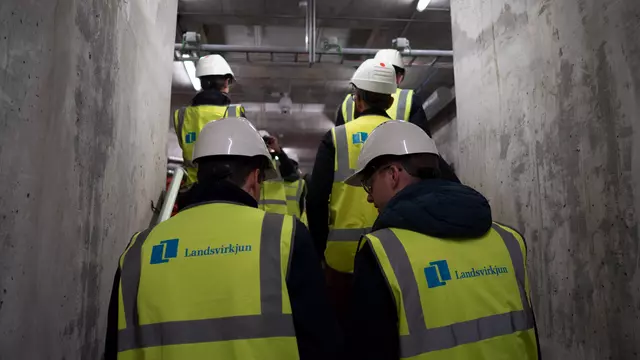
“We have installed a system that permanently evaluates the acoustic condition of the machines,” explains Bastian Berg, project manager and specialist in automation and data analysis at Voith. Bastian Berg adds: “Using artificial intelligence, the OnCare.Acoustic system complements the monitoring and predictive maintenance of the power plant undertaken by personnel and identifies potential machine damage in good time.”
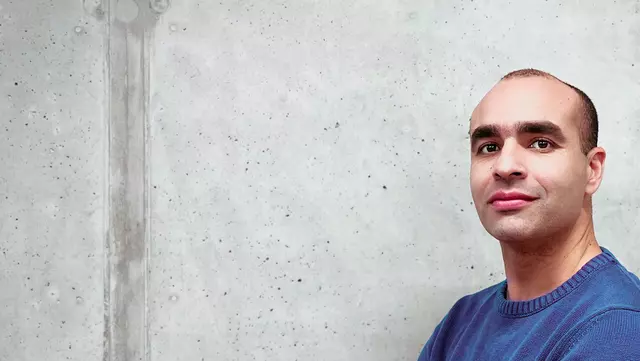
How to identify equipment damage before it happens
To make the system work, microphones were mounted at specified locations in the power plant. They are recording the ambient noise of the machines and storing it in the Voith BlueBox for preprocessing. The final data interpretation will be done at Voith’s own industrial-internet-of-things platform called OnCumulus.
For calibration purposes, the system records all acoustic signals in an initial learning phase. In doing so, it complies with strict data protection guidelines. The data collected is then compared to that of other hydropower plants. Due to the combination of the operating data, the application learns which noises correspond to normal machine behavior. In a second learning phase, OnCare.Acoustic can recognize deviations from the typical noise pattern in real time. In this case, the system sends out a warning and, at the same time, it notifies an available service technician of the operator.
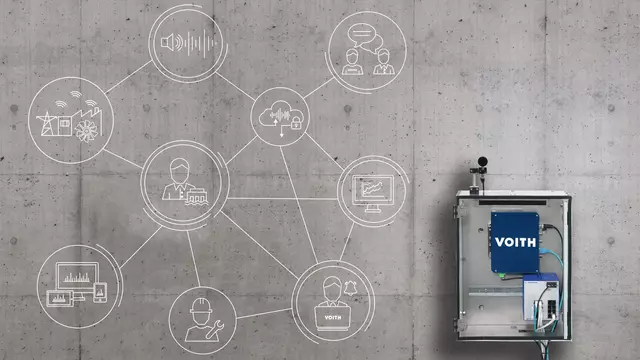
Optimizing operation and maintenance
The Budarhals project in Iceland is the first of its kind outside the DACH region – a milestone on the way to making hydropower intelligent. What’s more, Voith is testing a new service model for its noise pattern analysis there for the first time. The system uses a data-based approach and is intended to help power plant operators optimize both operation and maintenance. “Since the system is installed in the power plant, we’ve been detecting about 15 unknown ambient noises every day in this initial phase. These first data have to be analyzed manually and documented,” explains Bastian Berg.
As the pilot project proceeds, the system should work more and more autonomously and identify more noises. In combination with various key performance indicators, the data collected is constantly being investigated and analyzed for complex correlations by the experts of Voith and a team of data analysts. The results, provided as a regular report to the power plant operator, allow both operation and maintenance to be optimized. The content of the report is adapted to customer needs on an ongoing basis and the added value verified together with the customer. “In future, we will be able to use our noise pattern analysis to tell the operators of hydropower plants the ideal time for replacing mechanical components, for example. Maintenance work and forthcoming repairs can therefore be planned transparently and very efficiently,” says Berg.
The future of Budarhals power plant
The Budarhals facility was officially opened in 2014 and has an installed output of 95 megawatts. It has a capacity of around 585 gigawatt hours per year. With this current pilot project, Voith is successfully continuing its long tradition of doing business in Iceland and, moreover, contributing to the nation’s next big step in terms of renewable power generation. Budarhals went from highly-automated to intelligent, thereby becoming a paradigm for the future of hydropower.

